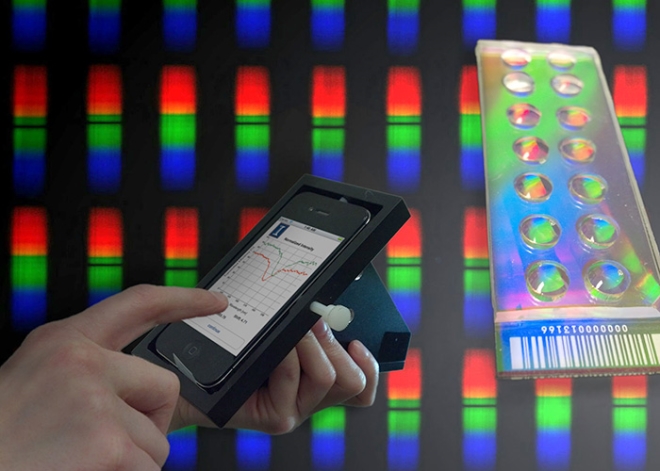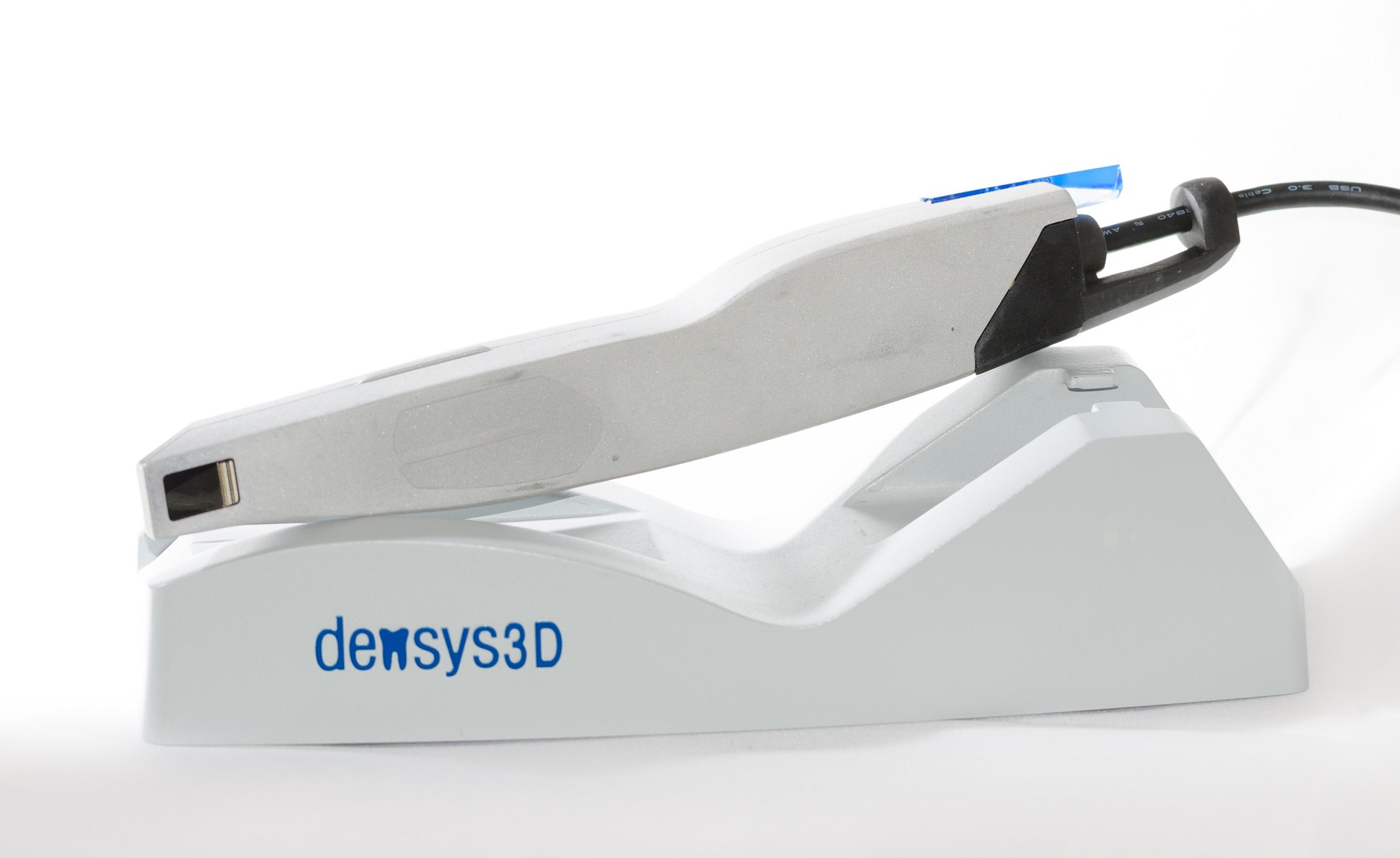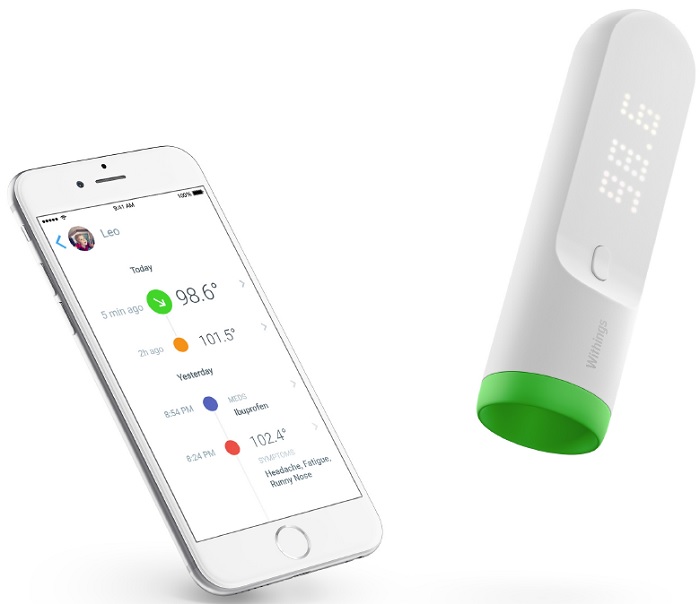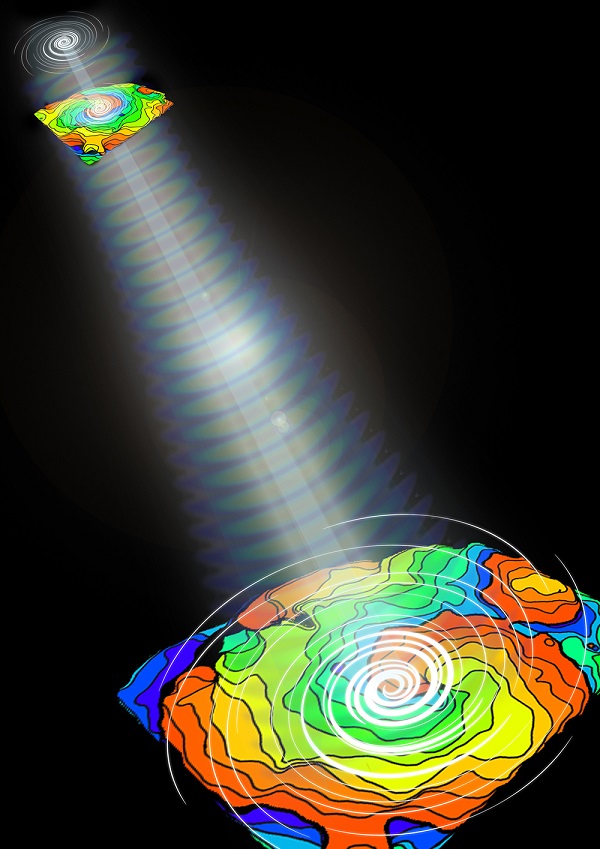May 23, 2013
CHAMPAIGN, Ill. — Researchers and physicians in the field could soon run on-the-spot tests for environmental toxins, medical diagnostics, food safety and more with their smartphones.
University of Illinois at Urbana-Champaign researchers have developed a cradle and app for the iPhone that uses the phone’s built-in camera and processing power as a biosensor to detect toxins, proteins, bacteria, viruses and other molecules.
Having such sensitive biosensing capabilities in the field could enable on-the-spot tracking of groundwater contamination, combine the phone’s GPS data with biosensing data to map the spread of pathogens, or provide immediate and inexpensive medical diagnostic tests in field clinics or contaminant checks in the food processing and distribution chain.
“We’re interested in biodetection that needs to be performed outside of the laboratory,” said team leader Brian Cunningham, a professor of electrical and computer engineering and of bioengineering at the U. of I. “Smartphones are making a big impact on our society – the way we get our information, the way we communicate. And they have really powerful computing capability and imaging. A lot of medical conditions might be monitored very inexpensively and non-invasively using mobile platforms like phones. They can detect molecular things, like pathogens, disease biomarkers or DNA, things that are currently only done in big diagnostic labs with lots of expense and large volumes of blood.”
The wedge-shaped cradle contains a series of optical components – lenses and filters – found in much larger and more expensive laboratory devices. The cradle holds the phone’s camera in alignment with the optical components.
At the heart of the biosensor is a photonic crystal. A photonic crystal is like a mirror that only reflects one wavelength of light while the rest of the spectrum passes through. When anything biological attaches to the photonic crystal – such as protein, cells, pathogens or DNA – the reflected color will shift from a shorter wavelength to a longer wavelength.
For the handheld iPhone biosensor, a normal microscope slide is coated with the photonic material. The slide is primed to react to a specific target molecule. The photonic crystal slide is inserted into a slot on the cradle and the spectrum measured. Its reflecting wavelength shows up as a black gap in the spectrum. After exposure to the test sample, the spectrum is re-measured. The degree of shift in the reflected wavelength tells the app how much of the target molecule is in the sample. See a video of the app in action at http://www.youtube.com/watch?v=Kh7MUjIYuyw.
The entire test takes only a few minutes; the app walks the user through the process step by step. Although the cradle holds only about $200 of optical components, it performs as accurately as a large $50,000 spectrophotometer in the laboratory. So now, the device is not only portable, but also affordable for fieldwork in developing nations.
In a paper published in the journal Lab on a Chip, the team demonstrated sensing of an immune system protein, but the slide could be primed for any type of biological molecule or cell type. The researchers are working to improve the manufacturing process for the iPhone cradle and are working on a cradle for Android phones as well. They hope to begin making the cradles available next year.
Cunningham’s group is now collaborating with other groups across campus at the U. of I. to explore applications for the iPhone biosensor. The group recently received a grant from the National Science Foundation to expand the range of biological experiments that can be performed with the phone, in collaboration with Steven Lumetta, a professor of electrical and computer engineering and of computer science at the U. of I. They are also are also working with food science and human nutrition professor Juan Andrade to develop a fast biosensor test for iron deficiency and vitamin A deficiency in expectant mothers and children.
In addition, Cunningham’s team is working on biosensing tests that could be performed in the field to detect toxins in harvested corn and soybeans, and to detect pathogens in food and water.
“It’s our goal to expand the range of biological experiments that can be performed with a phone and its camera being used as a spectrometer,” Cunningham said. “In our first paper, we showed the ability to use a photonic crystal biosensor, but in our NSF grant, we’re creating a multi-mode biosensor. We’ll use the phone and one cradle to perform four of the most widely used biosensing assays that are available.”
Cunningham also is affiliated with the Institute for Genomic Biology, the Beckman Institute for Advanced Science and Technology, and the Micro and Nanotechnology Laboratory, all at the U. of I.













